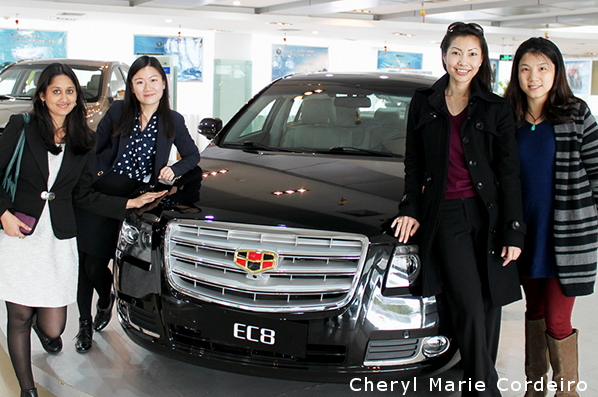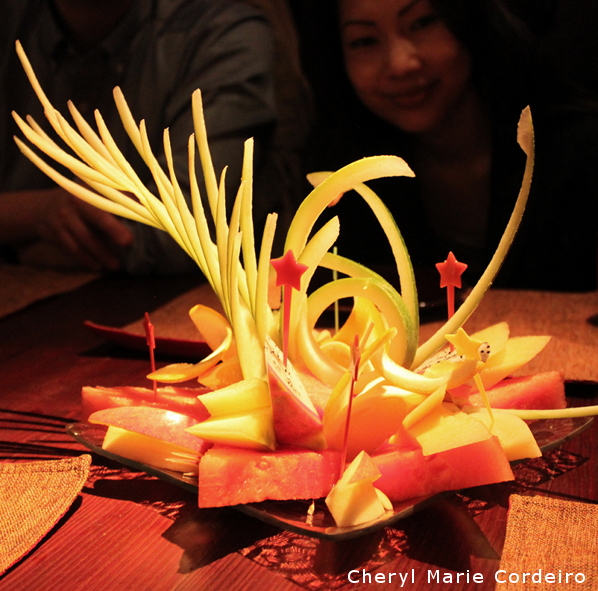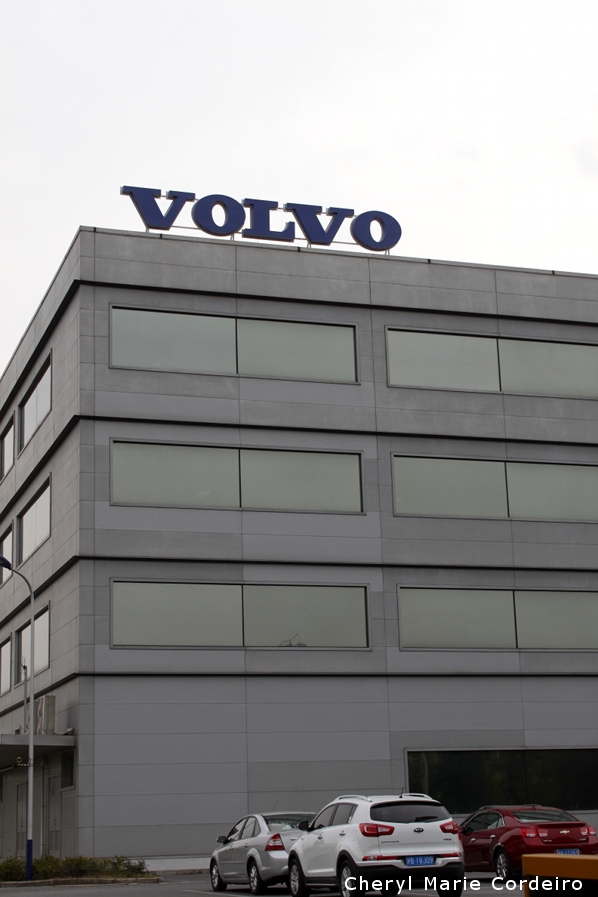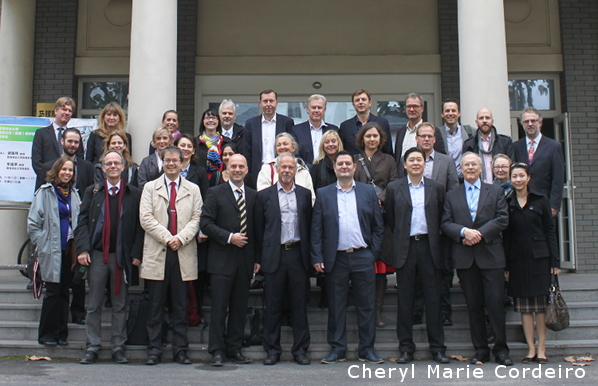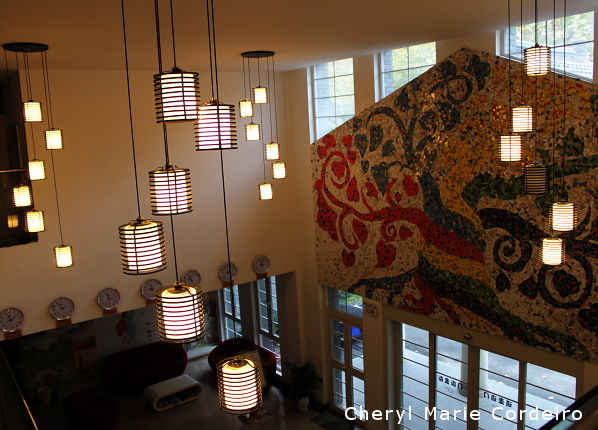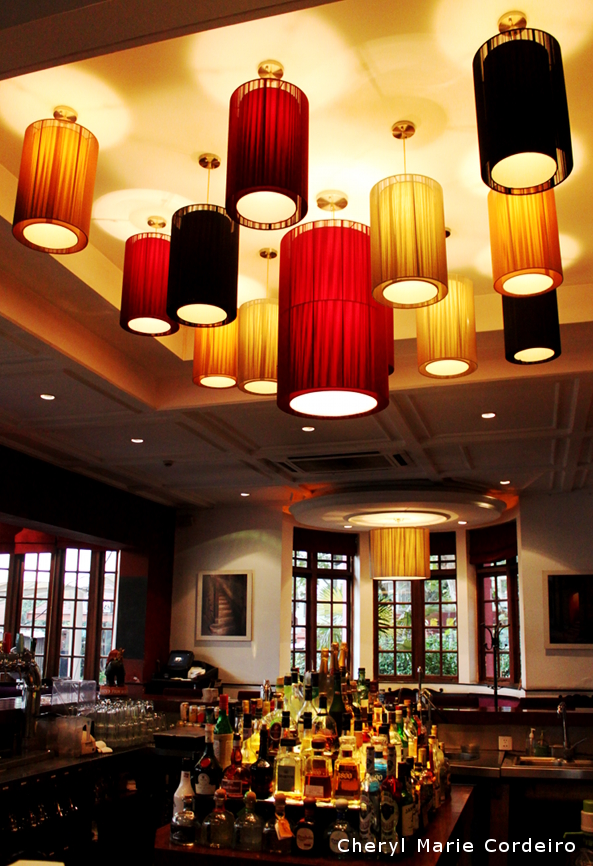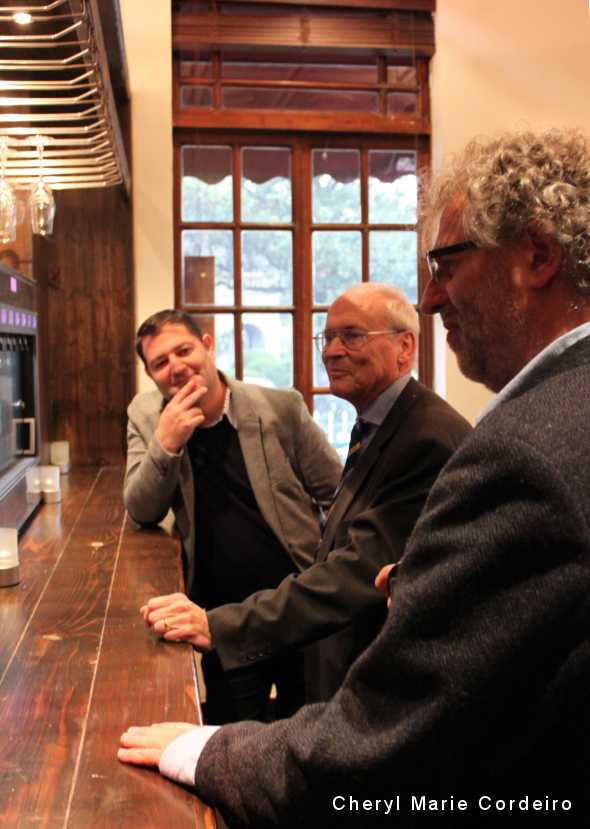
Quayside, Lindholmen Science Park, Gothenburg.
Lindholmen Science Park is a part of the Norra Älvstranden region, located between the two bridges, Älvsborgsbron (Älvborgs Bridge) in the west and Götaälvbron (Göta River Bridge) in the east. The area has been important since the Viking Age and before, where the Göta river outlet acted as a trade center, uniting the prosperous inland regions and the sea.
Text & Photo © JE Nilsson, CM Cordeiro 2014
Situated in the collaborative environment for knowledge intensive companies at the Lindholmen Science Park in Gothenburg, the China-Euro Vehicle Technology (CEVT) R&D centre was established on 20 February 2013 as a joint Volvo Cars and Geely platform for advancing the partnership in product development and strategy between the two companies, owned by Geely Holding. Today it has about 200 resident engineers that will be increased according to plans, to 400. They are to focus on the innovations of the basic modular architecture platform for the next generation of leading C-segment cars, that includes hatchback, sedan and estate models.
The 22nd of January is just a few months short of ten years, when on 3 September 2004, the naming ceremony of the Swedish East Indiaman Götheborg was performed by Her Majesty Queen Silvia, at the Opera House at Lilla Bommen, just on the opposite side of the Göta river. The purpose of the Gotheborg III project was very long term, aimed at building upon old good relations bringing the two countries of Sweden and China once again closer to each other. It was an idea that took hold and to some extent might have contributed to the events leading up to this centre being located here and now.
What is currently in process between Volvo Cars and the Geely organization is groundbreaking in many ways. It is industrial and knowledge management history in the making. This has naturally attracted the attention of the Centre for International Business Studies (CIBS), headed by Professor Claes G. Alvstam at the School of Business, Economics and and Law at the University of Gothenburg, where I am affiliate, that has followed China’s entry into the global automobile industry with great interest.
It was thus an evolutionary progression of things that we today found ourselves visiting the CEVT R&D centre at Lindholmen.

Designed by architect Gert Wingårdh, Kuggen, the striking and colourful building for innovation and entrepreneurship and a showcase for sustainable development was completed in 2011 is part of Campus Lindholmen. The University of Gothenburg and Chalmers University of Technology have established both independent and joint study and research units at Campus Lindholmen.
The modular architecture platform is innovative in the sense that it allows several different vehicle platforms to be developed from one single architecture. This means that vehicle dimensions, crash safety, engine suspension, comfort nd handling for example, can all be custom tailored and adapted to a specific market’s requirements to similar models of cars.
“Even if the wheelbase is maintained, the distance between the wheels and the bumper may vary in accordance with the style of the automobile. Or the size of the fuel tank may be different, but perhaps the supply nozzle may be the same.” – Mats Fägerhag [1], CEO of CEVT, Global Times, 16 Sept 2013.
